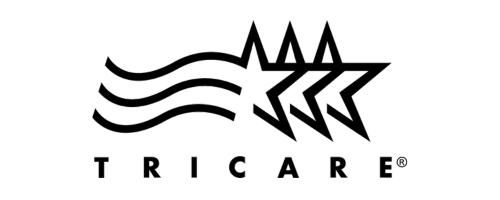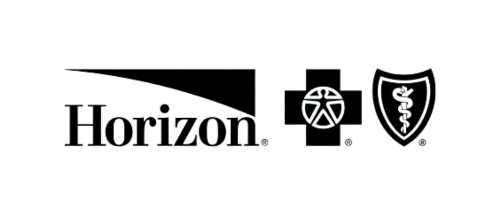Heroin addiction is a powerful and dangerous disease that continues to devastate individuals and families across the country. As the opioid crisis continues, being able to recognize the signs of heroin use, including the tools and materials commonly associated with it, can make a crucial difference. Whether you suspect a loved one may be struggling with heroin use or simply want to be informed, learning how to identify heroin paraphernalia is a vital first step toward intervention and recovery.
In this article, we’ll explore what heroin paraphernalia looks like, the most common items associated with use, and how to spot them. Awareness is key. If you recognize these signs, don’t wait—reach out for help. Heroin addiction can be deadly, but early action can save lives.
Why It’s Important to Identify Heroin Paraphernalia
Understanding how to identify heroin paraphernalia can help detect heroin use early, especially in situations where individuals are hiding their addiction. Since heroin is a fast-acting drug that often requires frequent dosing, users typically keep their paraphernalia close by and may go to great lengths to conceal it. Discovering these items can offer critical insight into a loved one’s behavior and provide the opening needed to discuss seeking help.
Common Items Used to Prepare and Inject Heroin
Heroin can be injected, smoked, or snorted, but injection is one of the most common methods due to its rapid and intense effects. The process of preparing heroin for injection involves a variety of items, many of which are easy to overlook if you don’t know what to watch for.
Spoons or Bottle Caps
One of the most recognizable pieces of heroin paraphernalia is a spoon—or in some cases, a bottle cap or metal lid. These are used to cook the heroin and dissolve it into a liquid form. The spoon will often have burn marks on the underside from being held over a flame. You may also see residue or a sticky brown substance inside the bowl of the spoon.
Syringes and Needles
Used for injecting the liquefied heroin into veins, syringes are perhaps the most dangerous item of all. They are usually stored in small bags or containers, and users may have multiple needles. Be aware of needles hidden in unusual places, like drawers, toiletry bags, or even clothing.
Lighters or Candles
Since heroin must often be heated before injection, lighters and candles are commonly found alongside other paraphernalia. While these are everyday items on their own, frequent presence in combination with other suspicious tools should raise concern.
Cotton Balls or Cigarette Filters
After heroin is liquefied, it’s typically drawn through a filter before injection. Users commonly use small cotton balls or the filters from cigarettes to do this. These items may be stained or left in unexpected places like plastic caps, bottle lids, or near spoons.
Belts, Shoelaces, or Rope
To make veins more visible and easier to inject into, individuals may use a belt, a shoelace, or even a piece of rope as a makeshift tourniquet. These may be left lying around in odd places, especially if they have stains or signs of wear from repeated use.
Items Used to Smoke or Snort Heroin
Heroin isn’t always injected—some users prefer to smoke or snort it, especially when trying to avoid needle use or when just beginning to experiment. Learning how to identify heroin paraphernalia related to these methods is equally important.
Aluminum Foil
Foil is commonly used to smoke heroin in a process called “chasing the dragon.” The user heats the heroin on the foil and inhales the vapors through a straw or rolled paper. Foil used this way often has black streaks or burn marks and may be crumpled or folded in strange ways.
Straws or Rolled-Up Bills
When snorted, heroin is typically inhaled through a small straw, hollow pen tube, or a tightly rolled dollar bill. These tools may be left behind in bathrooms, bedrooms, or vehicles. Be cautious of any small, tube-like items found where they don’t belong.
Small Plastic Bags or Balloons
Heroin is frequently stored in tiny plastic baggies, balloons, or folded pieces of wax paper. These may be found discarded or hidden in coat pockets, glove compartments, or inside books or shoes. If you find these along with powdery or sticky residue, it may be a sign of heroin storage or transport.
Additional Clues That Suggest Heroin Use
In addition to being able to identify heroin paraphernalia, it’s essential to pay attention to behavioral and physical signs. Someone using heroin may become withdrawn, lose interest in responsibilities, experience weight loss, or have frequent episodes of nodding off. Track marks, skin infections, or excessive sleeping can also be red flags.
Combining visual clues with changes in behavior gives you a fuller picture—and a better opportunity to intervene before the addiction escalates further.
What to Do If You Find Heroin Paraphernalia
If you find any of these items and suspect heroin use, approach the situation carefully. Accusations can push a person deeper into denial or secrecy. Instead, express concern, share your observations, and encourage open communication. Your goal isn’t to shame or punish—it’s to support and guide them toward help.
Most importantly, don’t try to handle the situation alone. Addiction is a complex medical and psychological issue that often requires professional treatment.
Get Help Today at Woodmont Treatment Center
Recognizing how to identify heroin paraphernalia is only the first step. The next—and most critical—step is getting help. At Woodmont Treatment Center, we specialize in compassionate, evidence-based care for heroin addiction. From medically supervised detox to outpatient recovery and relapse prevention support, our team is here to walk with you or your loved one every step of the way.
Our facilities in New Jersey offer a safe, supportive environment for healing and recovery. Don’t wait for the situation to get worse. The sooner someone gets help, the better their chances of long-term recovery.
Contact Woodmont Treatment Center today to speak with a specialist and find the best heroin rehab in NJ. Help is available—and hope is real.


























